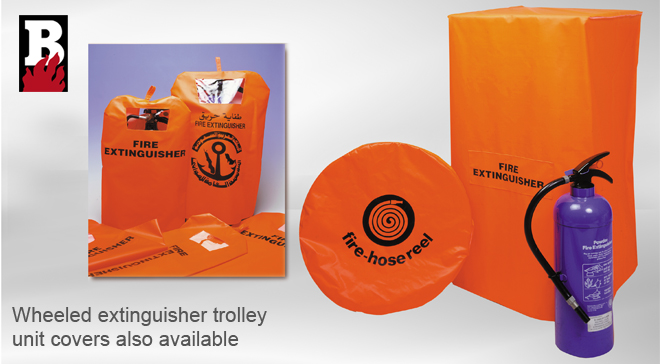
How Long Is a Fire Extinguisher Good For?
Fire extinguishers come in many types and sizes, but they all have one thing in common — a properly charged fire extinguisher can save lives and property. Fire extinguishers do have a shelf life and should be checked regularly to ensure that the pressure is at the recommended level. Performing regular checks and maintenance will keep your extinguisher functioning properly and help protect your home and family.
Regularly Check the Gauge
Most extinguishers last between five and 15 years, according to manufacturers. Check the tag on your extinguisher for dates and manufacturer’s instructions. A fire extinguisher with a gauge should be checked every month to make sure it is properly charged. An extinguisher without a gauge should be checked and serviced annually by a professional and given a hangtag recording all service and maintenance. Dry chemical extinguishers should be shaken monthly to prevent the material from settling.
Replace if Damaged
Immediately replace a fire extinguisher if the hose or nozzle is damaged, the locking pin is missing or damaged, the handle is loose or broken, or the cylinder is dented or rusted. Smaller extinguishers are usually not rechargeable and should be replaced after being used.
Change-Out Intervals
According to the National Fire Protection Association (NFPA) standards adopted by most federal and state safety agencies, a non-rechargeable fire extinguisher must be removed from service, discarded and replaced with a new unit every 12 years, unless the manufacturer specifies an earlier expiration date. A rechargeable extinguisher must be taken out of service, hydrostatically tested and recharged every six years. After recharging by a qualified professional, the unit can be returned to service. Non-rechargeable extinguishers must bear labelling stating they are not to be recharged.
Inspection Rules
A portable extinguisher may need recharging or replacement sooner than the six- or 12-year maximum intervals if an extinguisher cannot pass an inspection. NFPA standards require monthly inspections of portable fire extinguishers by staff in commercial and industrial areas. Extinguishers in these settings must be checked out by a licensed extinguisher maintenance contractor every 12 months.
Extinguisher Checklist
The inspections ensure that extinguishers are in their proper place, properly labelled and completely accessible and that operating instructions are visible and legible, safety seals are intact, pressure is correct, the units are full and there’s no corrosion, damage, leakage, hose damage, nozzle clog or evidence an extinguisher has been used without recharging.
Immediate Change
A portable extinguisher must be replaced or recharged immediately if it has been used to put out a fire. Replacement or recharge is also required at once if an inspection of the pressure gauge or indicator shows that pressure is below proper levels. An immediate change is called for if the safety seals are broken or missing, there is no tag stating when the extinguisher was last inspected and serviced, the unit is less than full, or when there is evidence of corrosion, other damage, or discharge.